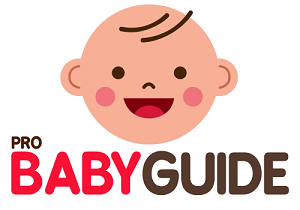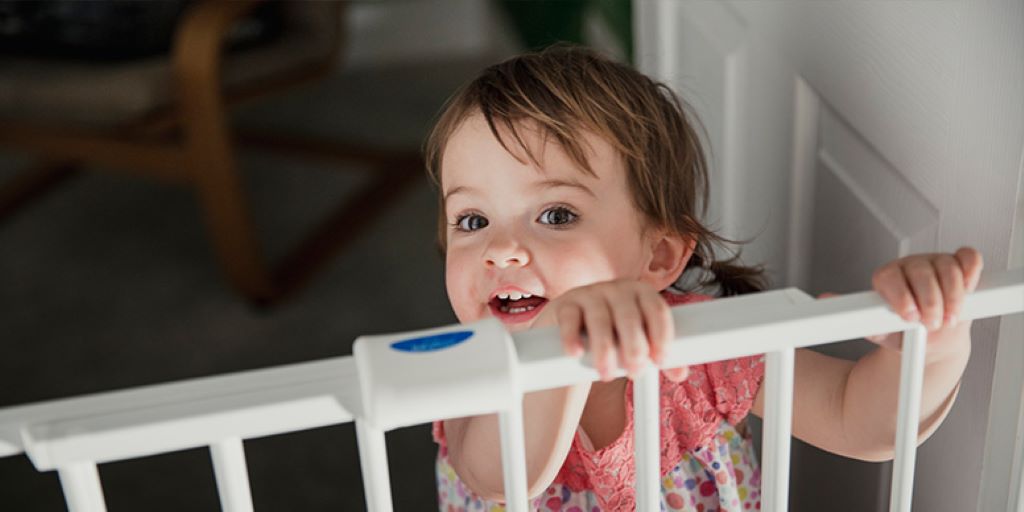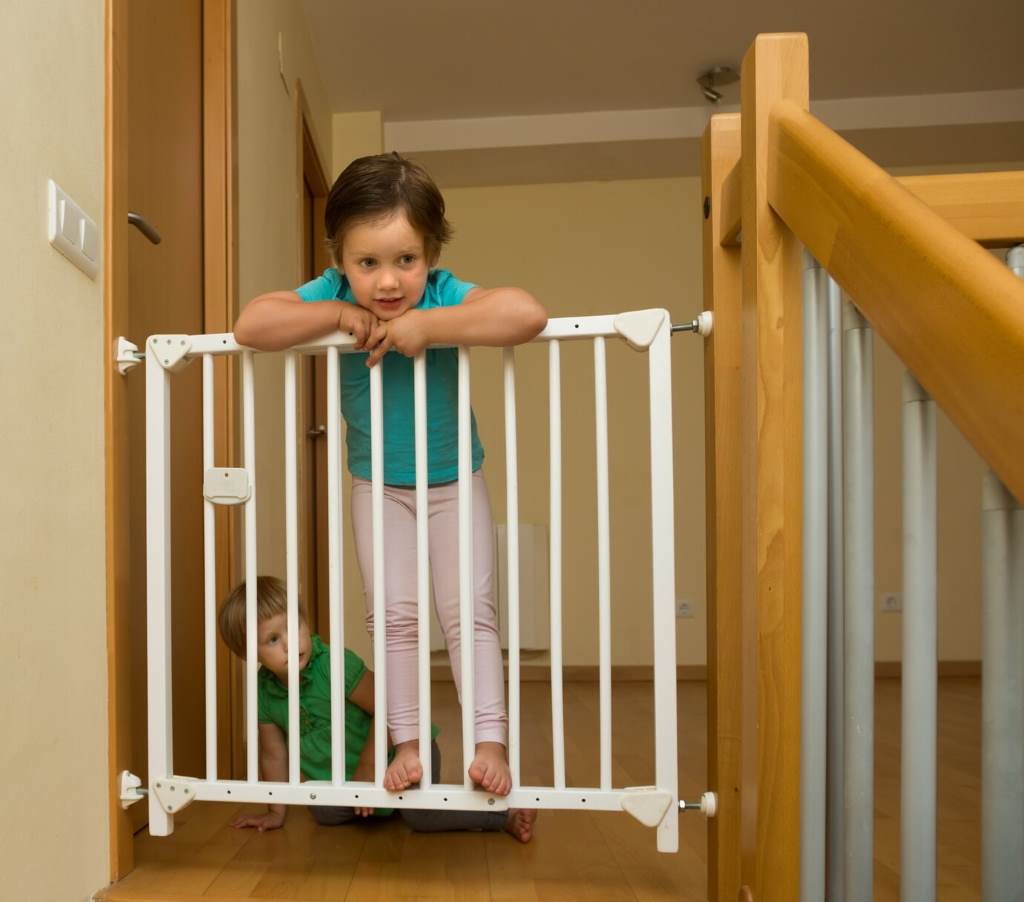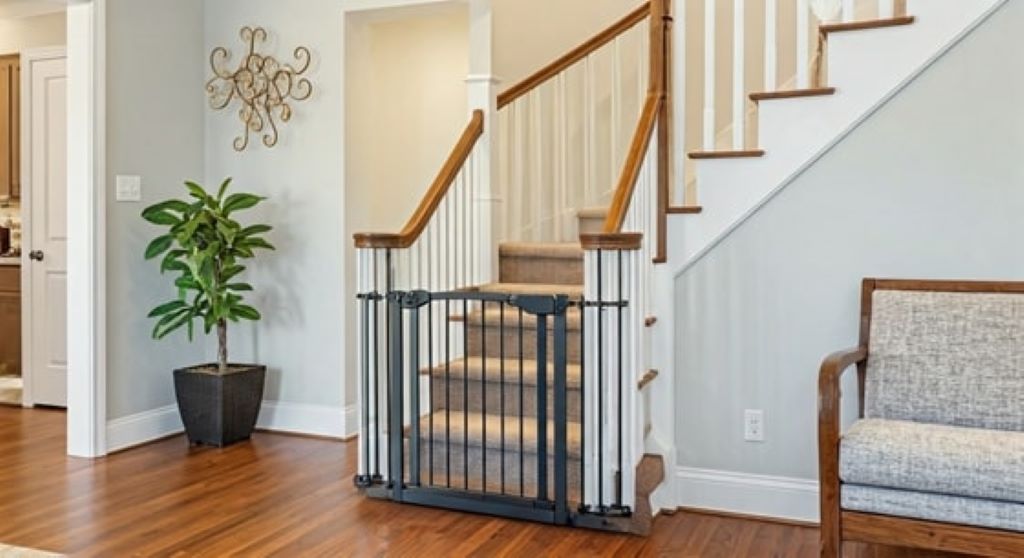Pressure-mounted baby gates are a popular choice for parents due to their ease of installation and removal. However, it’s crucial to understand that these gates aren’t permanent fixtures and require regular assessment to ensure the safety of your little one. This article aims to shed light on the signs that indicate when it’s time to replace your pressure-mounted baby gate, prioritizing your child’s well-being.
Understanding Pressure-Mounted Baby Gates
Pressure-mounted gates work by using tension to secure them in place between walls or door frames. Unlike hardware-mounted gates, they don’t require drilling or permanent modifications to your home. This convenience makes them ideal for temporary use or for families who rent their homes.
Why Replacement is Necessary
While pressure-mounted gates are a practical solution, they do have limitations. Over time, the constant pressure and wear and tear can weaken the gate’s structure, compromising its effectiveness. Additionally, as your child grows stronger and more mobile, they might discover ways to dislodge the gate, posing a safety hazard.
Signs It’s Time for Replacement
- Loose or Wobbly Gate: If you notice that the gate is no longer firmly secured in place or wobbles easily, it’s a clear sign that the tension mechanism has weakened. This instability can make it easy for your child to push the gate over, potentially leading to falls or access to restricted areas.
- Visible Damage: Inspect the gate regularly for any signs of damage, such as cracks, dents, or broken parts. Even minor damage can compromise the gate’s structural integrity and make it less effective at preventing your child from accessing dangerous areas.
- Difficult to Open or Close: If the gate becomes increasingly difficult to open or close, it could indicate that the pressure mechanism is malfunctioning. This can make it challenging to use the gate properly, potentially leaving it open unintentionally and putting your child at risk.
- Child Can Dislodge the Gate: As your child grows and develops, their strength and motor skills improve. If you find that your child is able to push, pull, or shake the gate loose, it’s time for a replacement. A gate that can be easily dislodged is not fulfilling its safety purpose.
- Manufacturer’s Recommendations: Always refer to the manufacturer’s instructions for your specific gate model. They typically provide guidelines on how long the gate is expected to last and when it should be replaced.
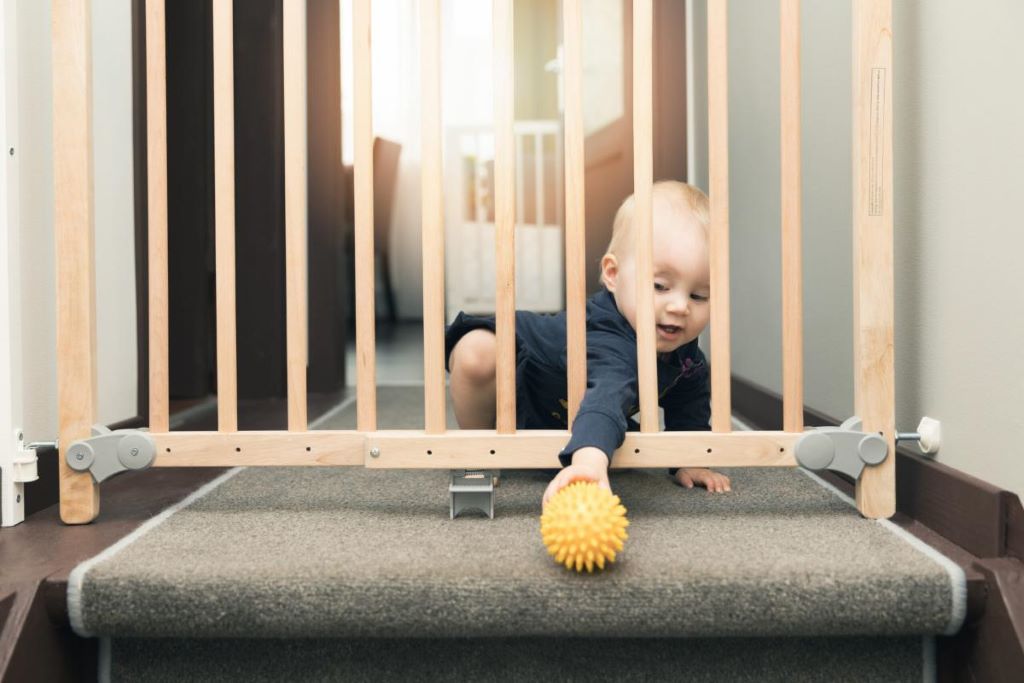
Factors Affecting Replacement Timeline
The lifespan of a pressure-mounted baby gate can vary depending on several factors, including:
- Frequency of Use: Gates used frequently or opened and closed multiple times a day might wear out faster than those used less often.
- Child’s Age and Activity Level: Active toddlers who tend to climb or lean on the gate might cause it to weaken more quickly than less active children.
- Quality of the Gate: Higher quality gates with sturdy construction and reliable pressure mechanisms generally last longer than cheaper alternatives.
Related: How To Keep Toddler From Climbing Over Baby Gate
Choosing a Replacement Gate
When selecting a replacement gate, prioritize safety and durability. Look for gates that reputable safety organizations have tested and certified. Consider features like a secure locking mechanism, a design that’s difficult for children to climb over, and materials that can withstand wear and tear.
Conclusion
Pressure-mounted baby gates are a valuable tool for keeping your child safe, but you should be aware of the signs that indicate when to replace them. By regularly inspecting your gate and observing your child’s interaction with it, you can ensure that it continues to provide the protection your little one needs as they grow and explore. Remember, prioritizing safety is always the best approach when it comes to your child’s well-being.
